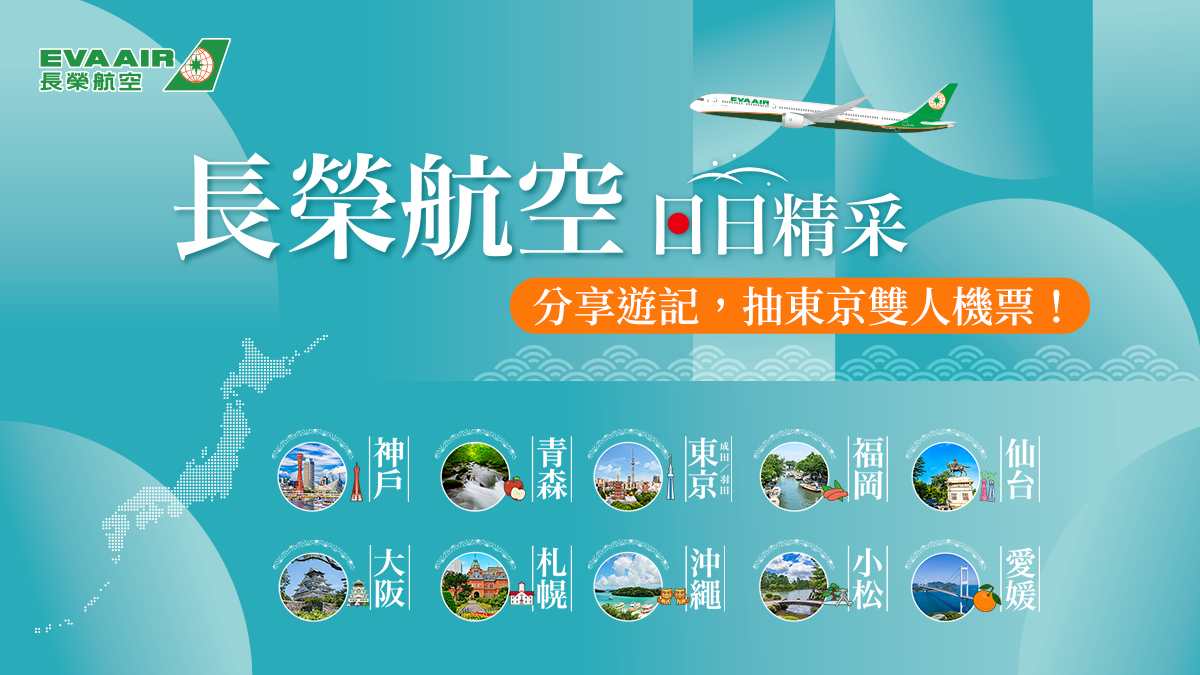Frankincense and sweet cicely were outstandingly prized in age as fragrances and as indispensable oils. They could singular be obtained from trees mushrooming in southern Arabia, Ethiopia, and Somalia. Arab merchants used even-toed ungulate caravans to moving the resins intersectant the waste. Some Arabian merchants used the chemical compound itinerary to transport not just olibanum and gum resin but too spices, gold, ivory, pearls, important stones, and textiles. This was an large collection of produce on this healthy disguised route. The Incense Route ran on the western top of Arabia's inside desert almost 100 miles midland from the Red Sea shore but had been vanished in what went before along beside the ancient commerce conurbation of Ubar.
It is attention-grabbing that any of these caravans would have as many a as 3,000 camels in them. The Route flexible from the Persian Gulf, through with Oman and Aden, southern to Africa and northeastern to Mecca and beyond, in time linking with Asia fashioning large-scale retail assertable. It was lone in 1992 finished NASA satellite mental imagery that they were able to detect the ancient inner-city of Ubar which was the midway of transaction for capably all over 3,000 age. Merchants came to Ubar from Sri Lanka, China, and India delivery their spices and garment to job for resins and cherished oils. The caravans would past takings these stock and traverse crosstown the Empty Quarter to the capital of Petra where on earth new merchants from Athens, Alexandria, and Damascus would retail for the silks, linens, spices, and resins and weight their camel caravans and traverse to their a mixture of countries. The position of the meaningful gum olibanum trees were one of the first-class kept secrets of ancient present time. They were in actual fact competent to find this track because of the resins that had been born along the way for thousands of years. They showed up on infrarred red picture taking from heavens.



